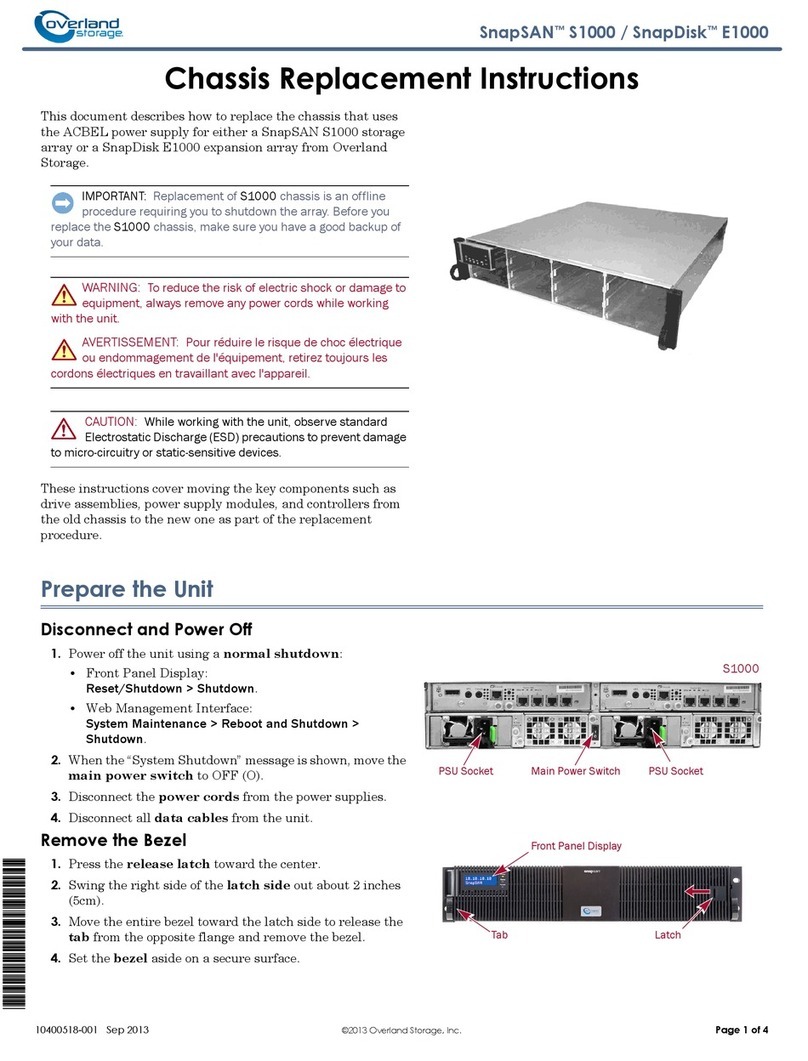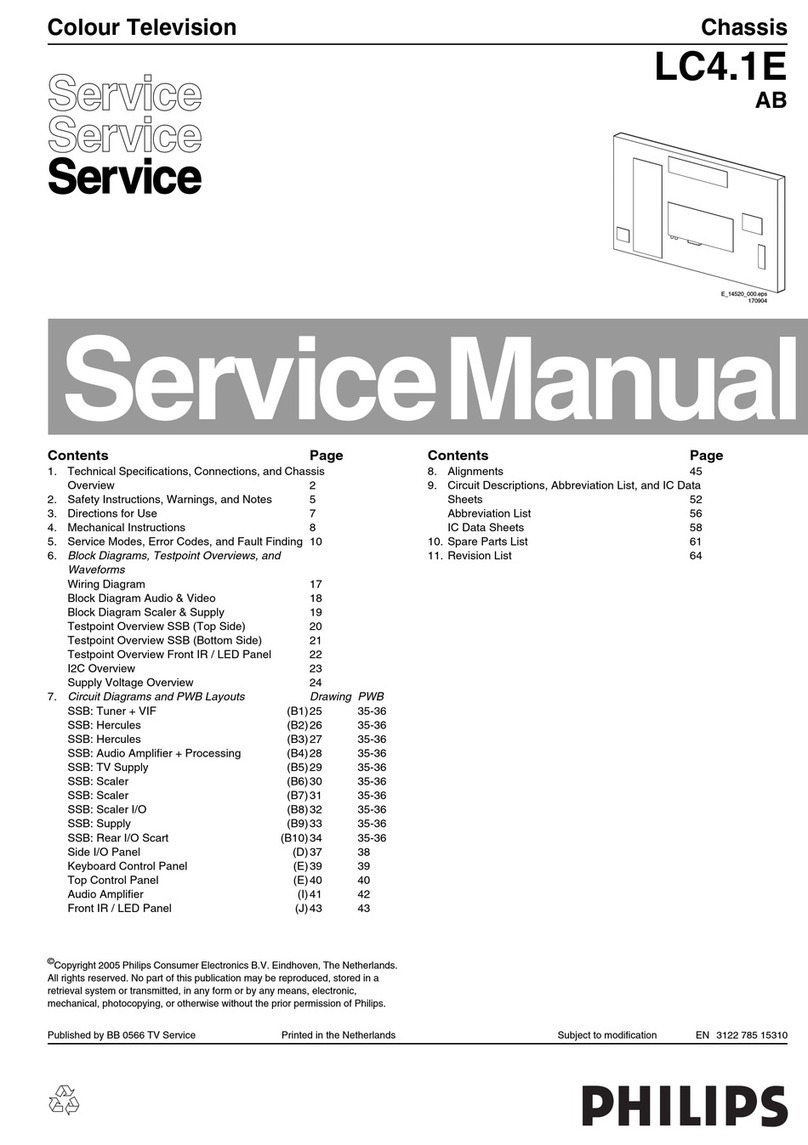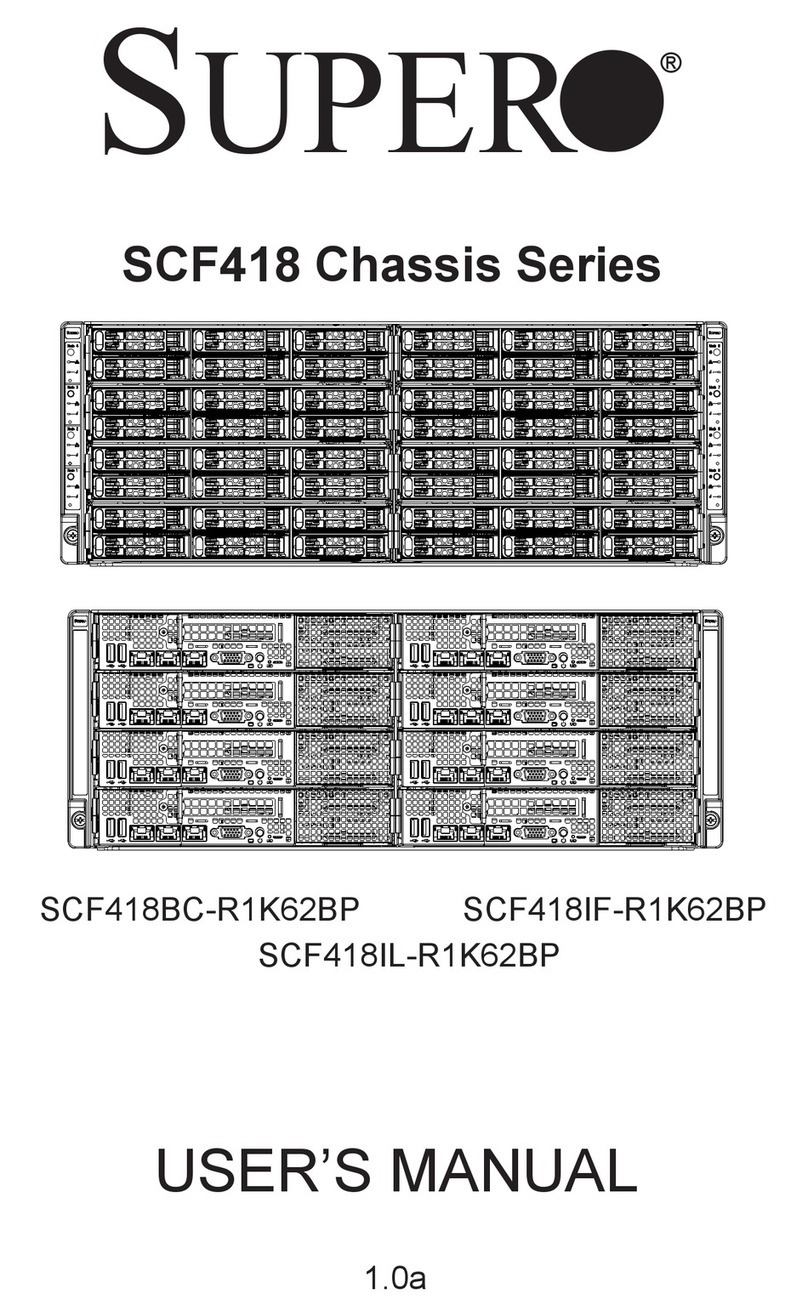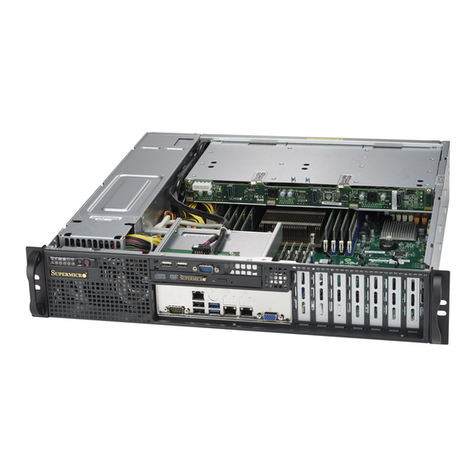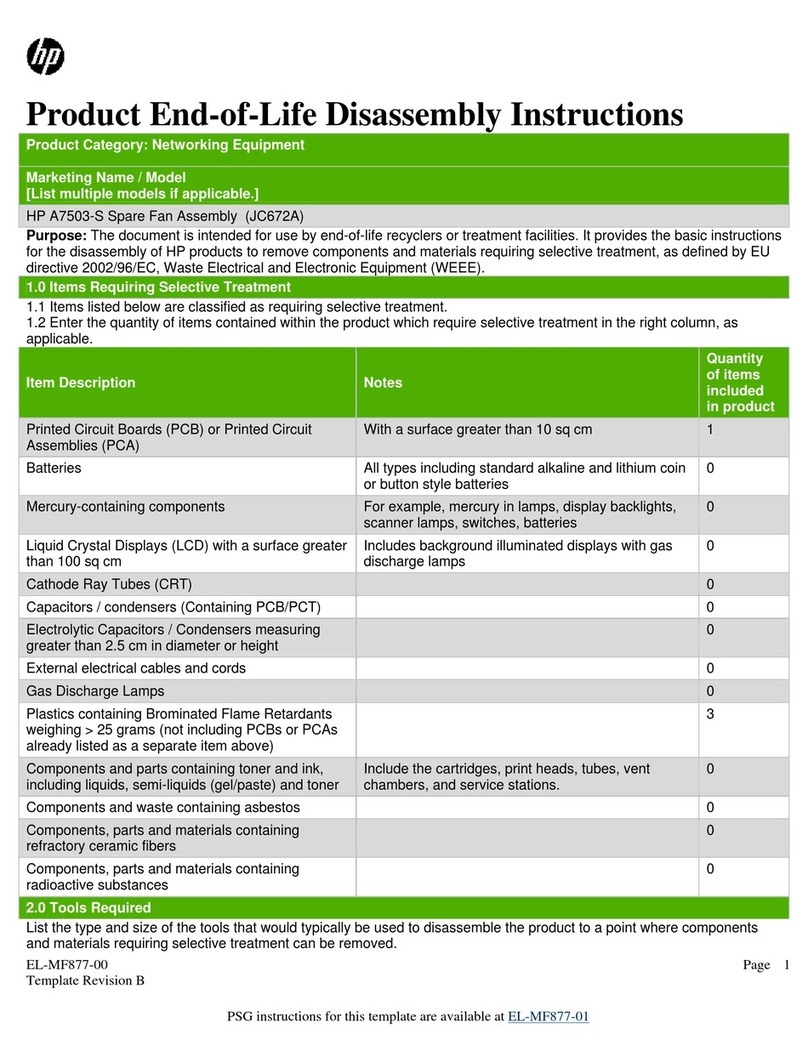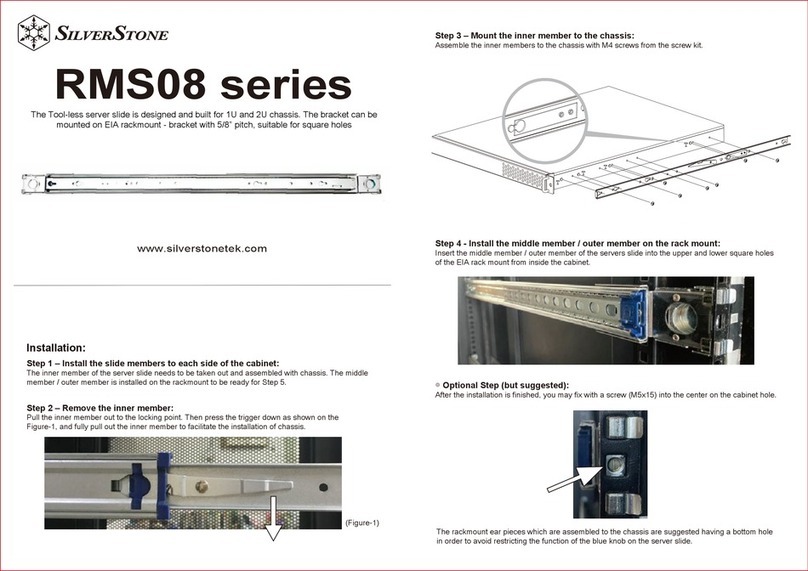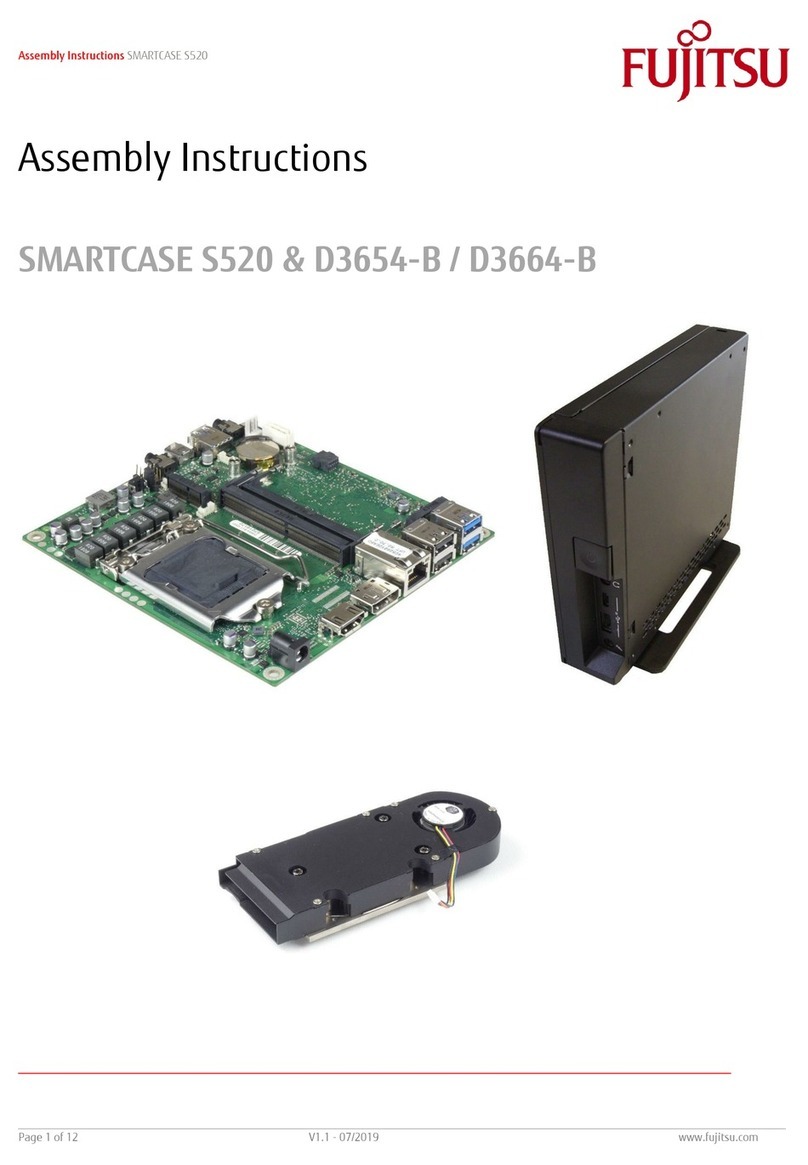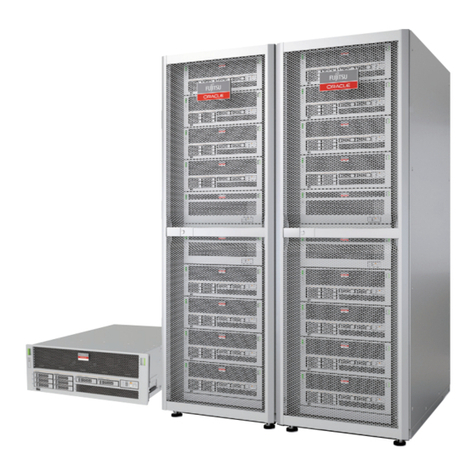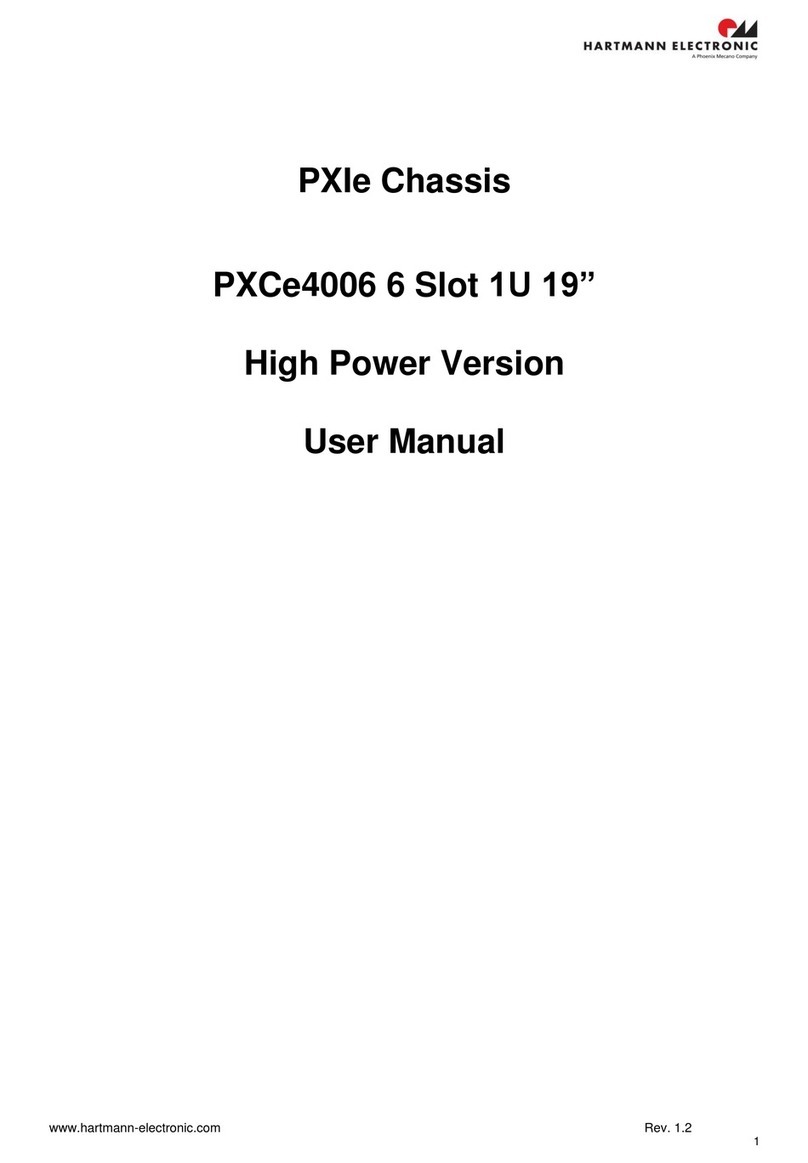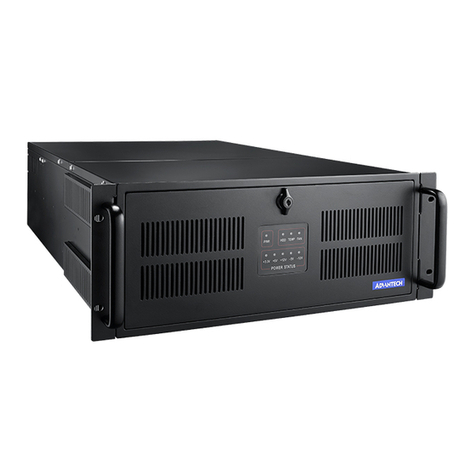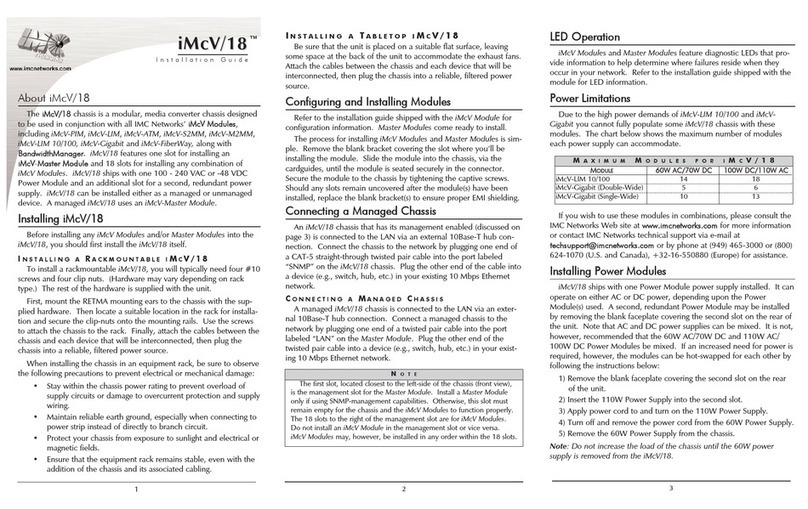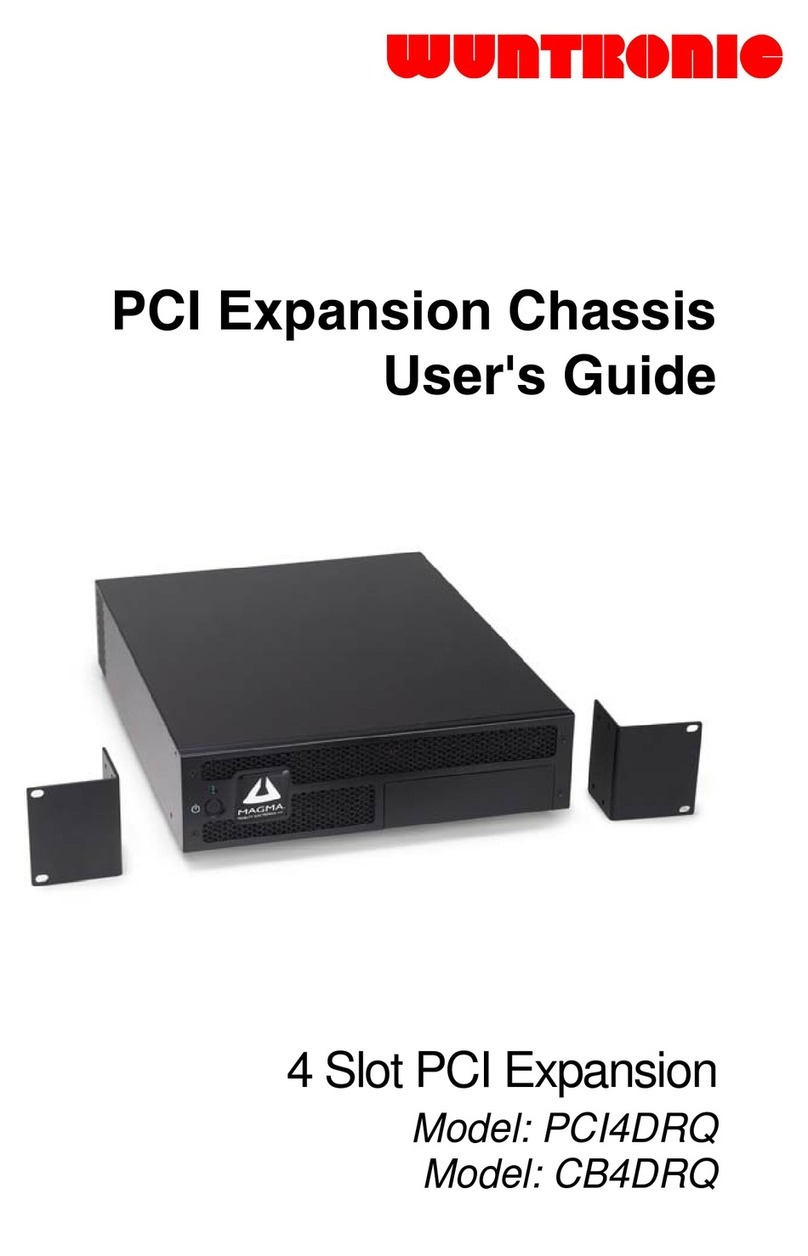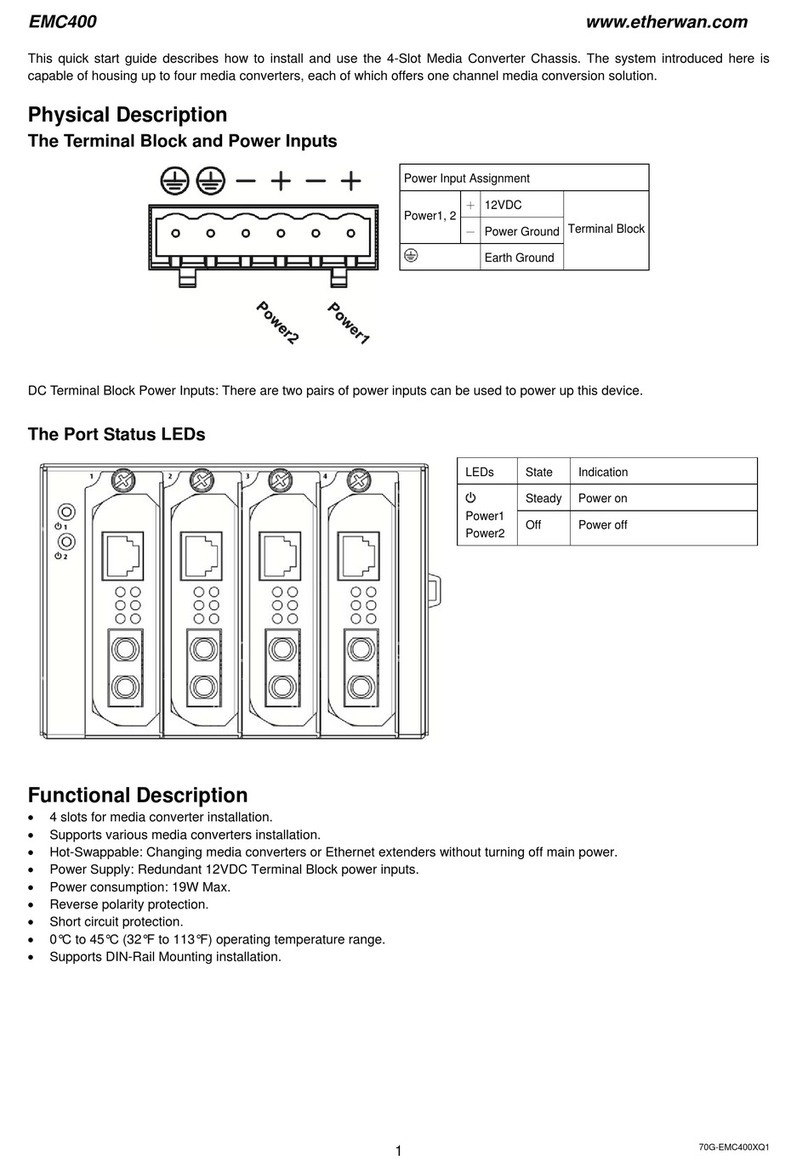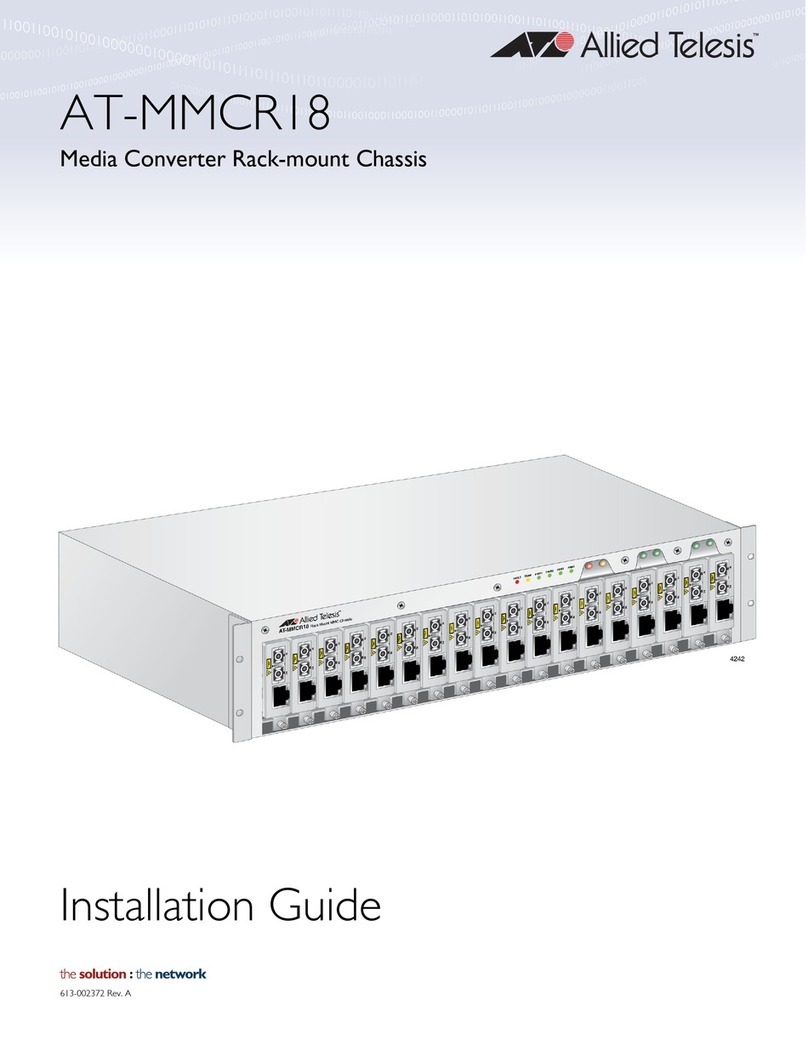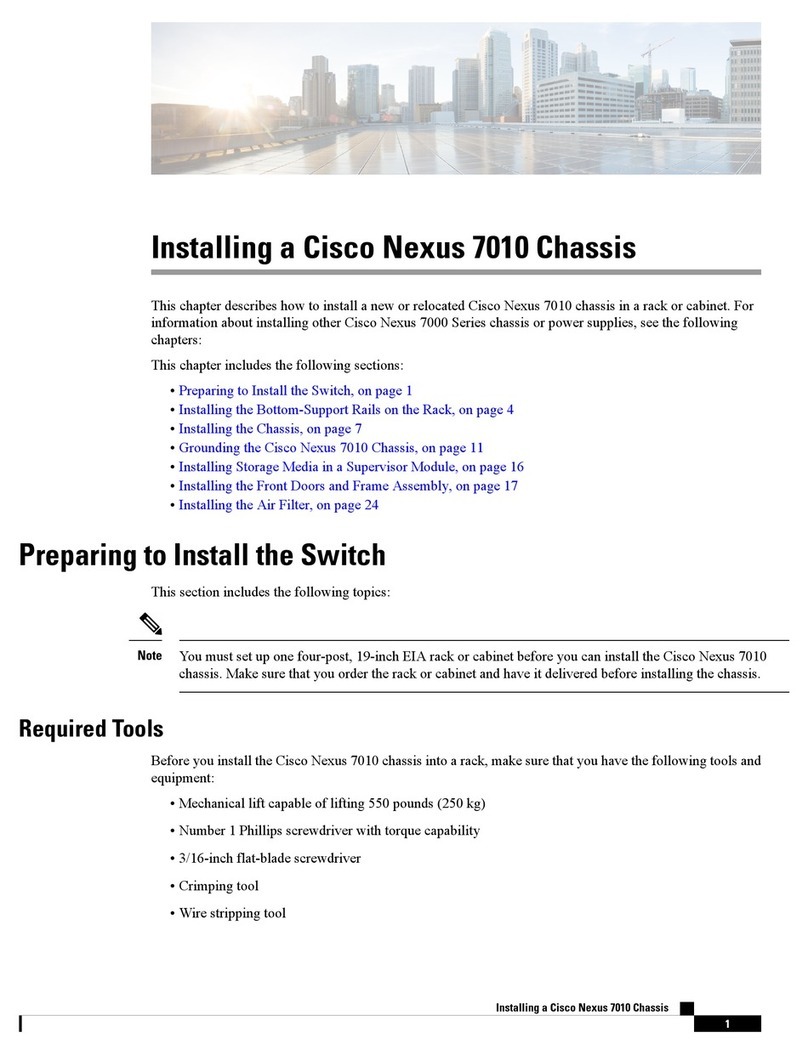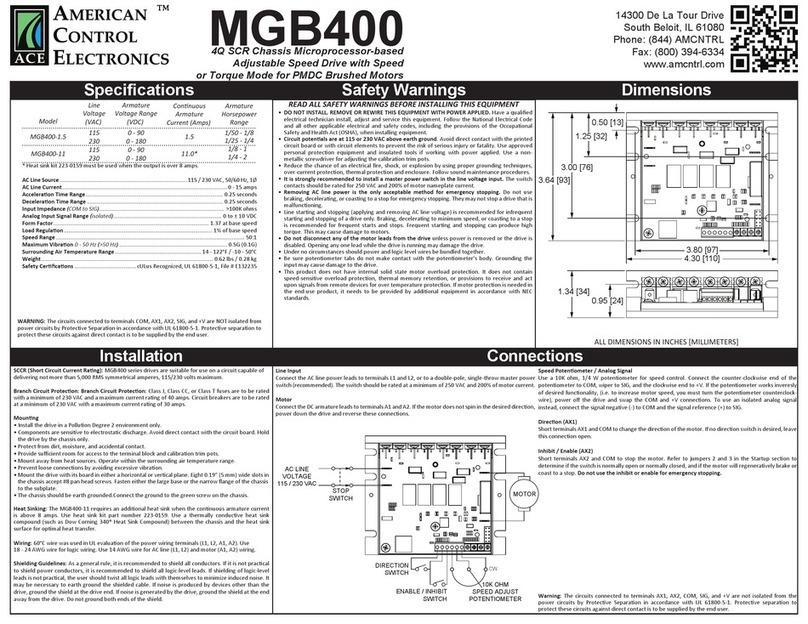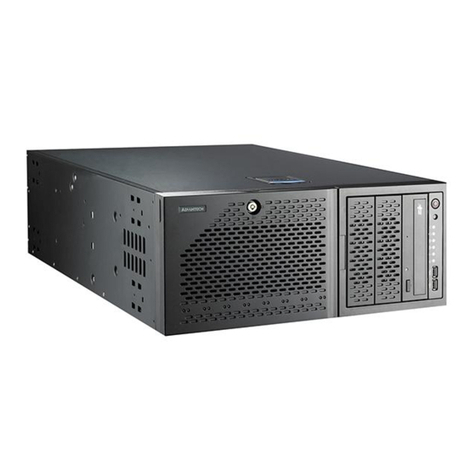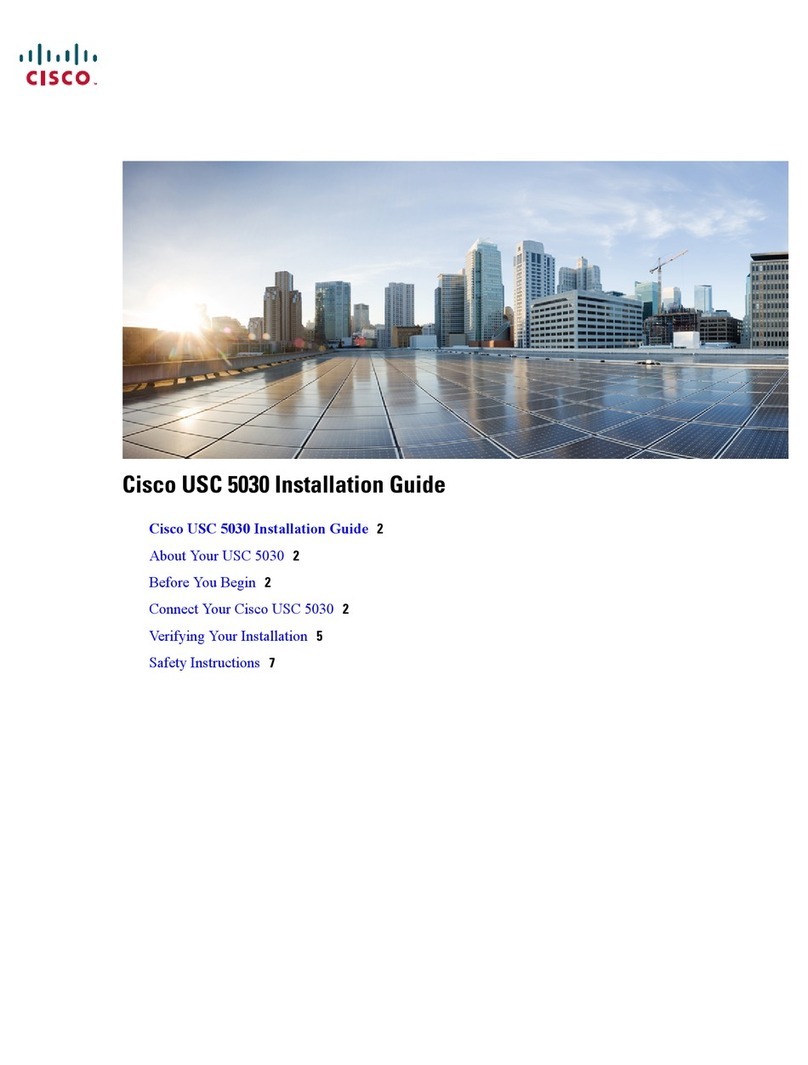
|Replacing the chassis|
the beginning of this procedure. If repeated attempts to cleanly shut down the node fail, be aware
that you might lose any data that was not saved to disk.
3. Where applicable, halt the second node to avoid a possible quorum error message in an HA pair
configuration:: system node halt -node second_node_name -ignore-quorum-warnings
true
Shutting down a node in a two-node MetroCluster configuration
To shut down the impaired node, you must determine the status of the node and, if necessary, switch over the
node so that the healthy node continues to serve data from the impaired node storage.
About this task
You must leave the power supplies turned on at the end of this procedure to provide power to the healthy
node.
Procedure
1. Check the MetroCluster status to determine whether the impaired node has automatically switched over to
the healthy node: metrocluster show
2. Depending on whether an automatic switchover has occurred, proceed according to the following table:
If the impaired node... Then...
Has automatically switched over Proceed to the next step.
Has not automatically switched over Perform a planned switchover operation from the
healthy node: metrocluster switchover
Has not automatically switched over, you
attempted switchover with the metrocluster
switchover command, and the switchover was
vetoed
Review the veto messages and, if possible, resolve
the issue and try again. If you are unable to resolve
the issue, contact technical support.
3. Resynchronize the data aggregates by running the metrocluster heal -phase aggregates
command from the surviving cluster.
controller_A_1::> metrocluster heal -phase aggregates
[Job 130] Job succeeded: Heal Aggregates is successful.
If the healing is vetoed, you have the option of reissuing the metrocluster heal command with the
-override-vetoes parameter. If you use this optional parameter, the system overrides any soft vetoes that
prevent the healing operation.
4. Verify that the operation has been completed by using the metrocluster operation show
command.
controller_A_1::> metrocluster operation show
Operation: heal-aggregates
State: successful
Start Time: 7/25/2016 18:45:55
End Time: 7/25/2016 18:45:56
Errors: -
5. Check the state of the aggregates by using the storage aggregate show command.
controller_A_1::> storage aggregate show
Aggregate Size Available Used% State #Vols Nodes RAID
Status
--------- -------- --------- ----- ------- ------ ----------------
------------
...
aggr_b2 227.1GB 227.1GB 0% online 0 mcc1-a2
raid_dp, mirrored, normal...
6. Heal the root aggregates by using the metrocluster heal -phase root-aggregates
command.
5
